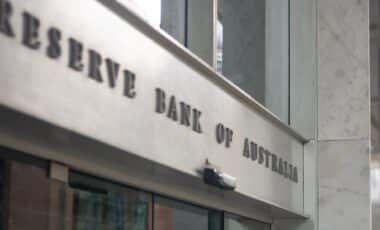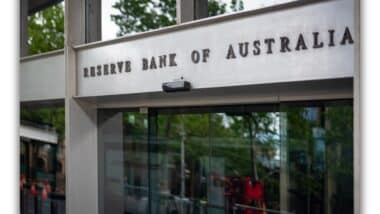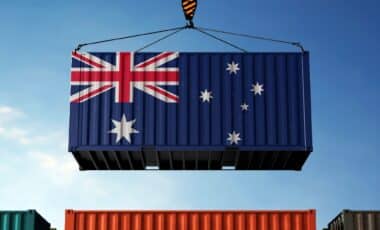As Australia approaches its next federal election, the national debate on immigration is heating up. The Coalition’s proposals to reduce migration intake have sparked a polarising discussion, particularly among multicultural communities and voters in key battleground seats.
According to recent polling, Labor has surged in popularity, with many attributing this to the Coalition’s controversial stance on immigration.
The political landscape has shifted significantly, with the Coalition facing increasing pressure as it continues to flip-flop on its immigration policies. As concerns about housing affordability and population growth mount, the public’s perception of immigration has become a pivotal issue in the 2025 election cycle.
Coalition’s Struggle: A Key Voter Group Turns Away
Polling data from Redbridge and Accent Research reveals that the Coalition’s rhetoric on reducing migration, which ties high numbers of immigrants to Australia’s housing and cost-of-living crisis, has not resonated with diverse communities.
Kos Samaras, a political analyst, highlighted that multicultural Australians view the Coalition as “actively hostile” to their culture and presence in the country. This sentiment has contributed to a surge in support for the Labor Party, which now holds a significant lead among voters who speak languages other than English at home.
As reported by SBS News, Labor’s two-party preferred vote is now comfortably in the 60s among these communities. This shift is expected to impact the Coalition’s prospects in critical electorates, such as Bennelong and Reid, where a significant proportion of the population is of Chinese ancestry.
The Coalition’s vague and contradictory statements on how they will implement a 25% reduction in permanent migration have only added to the uncertainty and discontent within these key voting groups.
Housing Crisis: Migration as a Political Scapegoat
The ongoing debate over Australia’s housing crisis has intensified the focus on migration. The Coalition has blamed high migration for worsening housing affordability, particularly in the suburbs of major cities.
According to data from the Australian Bureau of Statistics (ABS), rapid population growth in areas like Melbourne‘s outer suburbs is putting pressure on infrastructure, including roads and public transport. While some blame migrants for exacerbating housing shortages, experts argue that the issue is much more complex.
Alan Gamlen, a migration expert from the Australian National University, suggests that factors such as insufficient housing supply and the natural growth of Australia’s population are far more significant contributors.
Although both major parties have proposed some reductions in migration, experts caution that the cuts are unlikely to have a substantial impact on alleviating the housing crisis.
In this complex political climate, the next federal election could hinge on how both the Coalition and Labor address the growing concerns over migration, housing, and infrastructure.









